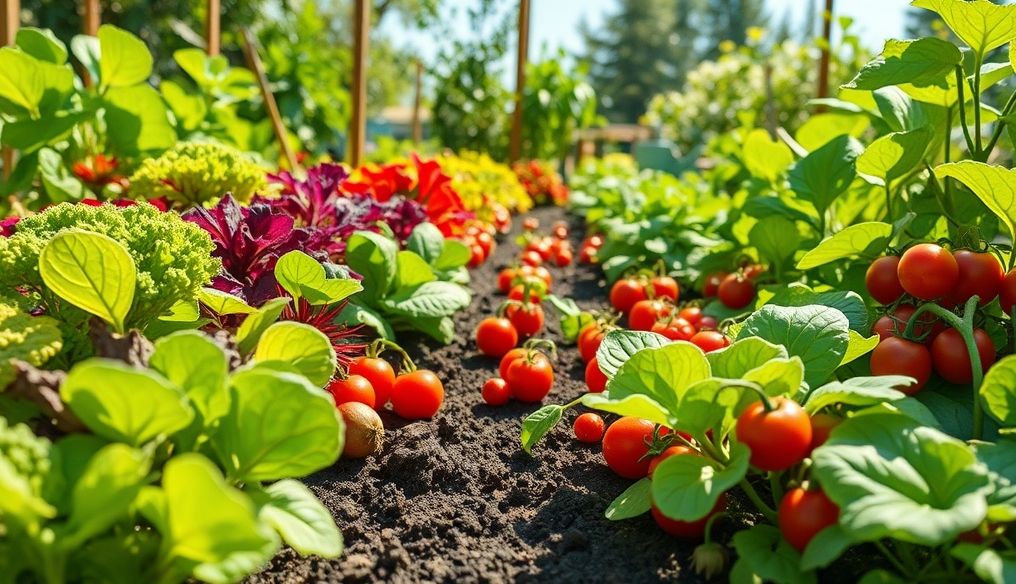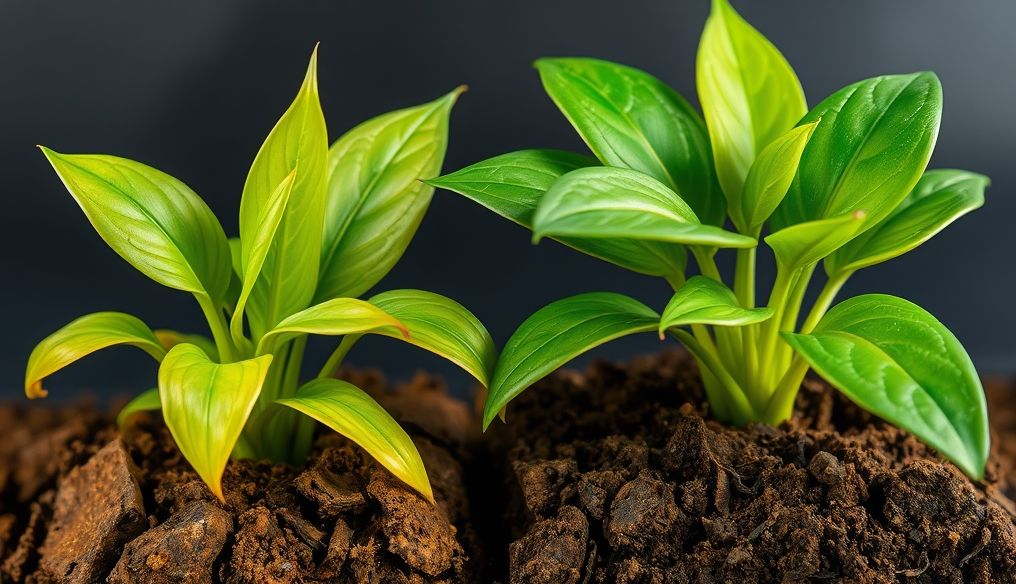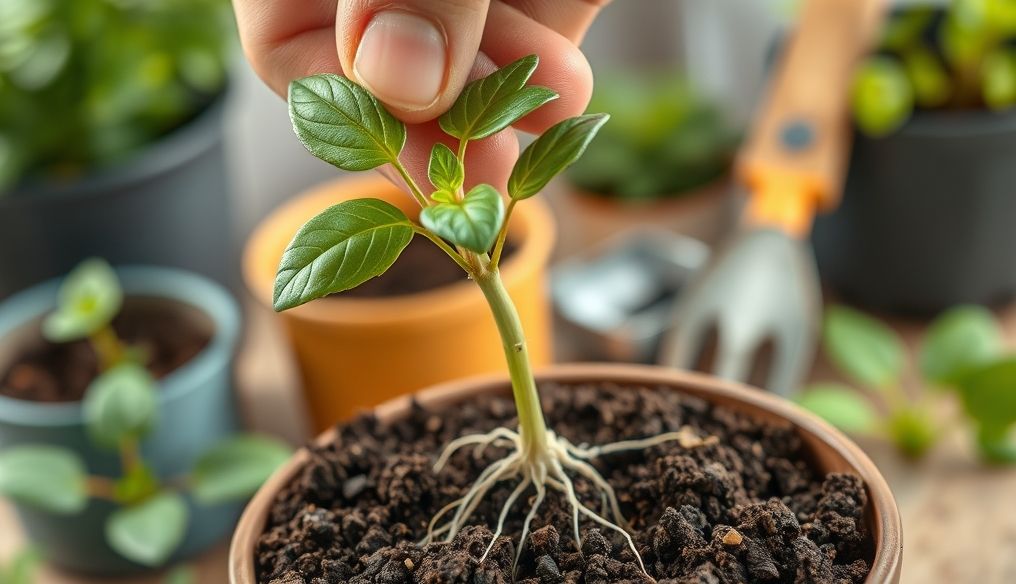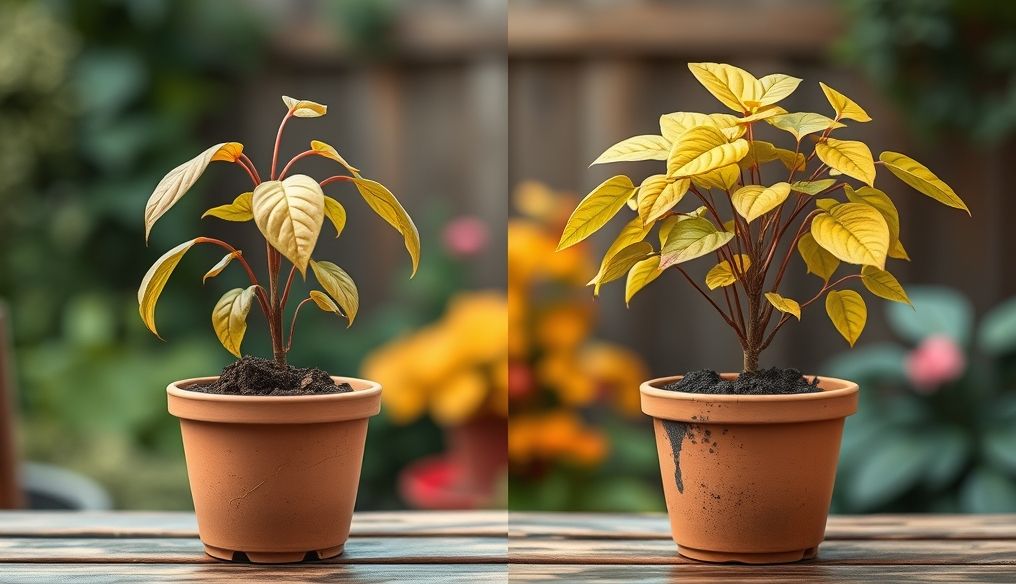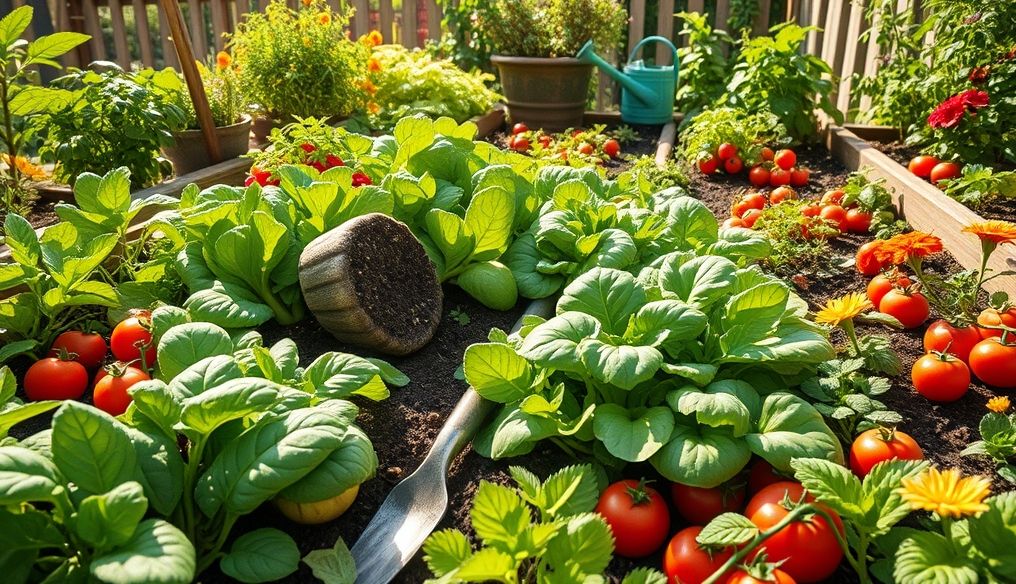What Are the Easiest Vegetables to Grow for Beginners? A Comprehensive Guide
Home vegetable gardening isn't just a fun hobby; it's also a fantastic way to get fresh, healthy, and nutritious produce. If you're new to gardening, you might feel hesitant and worried about the difficulty. But don't fret! Many vegetables are easy to grow and don't require extensive experience. In this article, we'll explore the easiest vegetables you can start with, along with detailed tips and instructions to ensure your success.
Why Should You Start with Easy-to-Grow Vegetables?
Starting with easy-to-grow vegetables has several benefits, including:
- Building Confidence: Successfully growing easy vegetables gives you a sense of accomplishment and encourages you to continue and try growing more challenging varieties.
- Saving Time and Effort: These vegetables don't require much care or constant monitoring.
- Reducing Frustration: The failure rate for growing these vegetables is very low, which reduces the likelihood of feeling frustrated.
- Getting Fresh Produce: You can enjoy the taste of fresh vegetables that you've grown yourself.
Easiest Vegetables to Grow for Beginners
1. Lettuce
Lettuce is one of the easiest leafy greens you can grow. It grows quickly and can be grown in pots or in the garden.
Tips for Growing Lettuce:
- Soil: Lettuce needs well-drained soil rich in organic matter.
- Watering: Keep the soil consistently moist, especially in hot weather.
- Sunlight: Lettuce needs 4-6 hours of sunlight per day.
- Harvesting: You can harvest lettuce leaves gradually when they reach the desired size.
2. Radishes
Radishes grow very quickly, often ready for harvest in just one month from planting.
Tips for Growing Radishes:
- Soil: Radishes need loose, well-drained soil.
- Watering: Keep the soil consistently moist, otherwise, the radishes may become hot and pungent.
- Sunlight: Radishes need 4-6 hours of sunlight per day.
- Harvesting: Harvest radishes when they reach the desired size, and don't leave them in the ground for too long.
3. Carrots
Although carrots take some time to grow, they are relatively easy to grow, especially if the right conditions are provided.
Tips for Growing Carrots:
- Soil: Carrots need very loose soil, free of rocks and stones.
- Watering: Keep the soil consistently moist.
- Fertilizing: Fertilize carrots at least once during the growing season.
- Harvesting: Harvest carrots when they reach the desired size.
4. Peas
Peas are delicious and nutritious vegetables that are easy to grow. Peas need support to climb, such as a trellis or fence.
Tips for Growing Peas:
- Soil: Peas need well-drained soil rich in organic matter.
- Watering: Keep the soil consistently moist.
- Sunlight: Peas need 6-8 hours of sunlight per day.
- Support: Provide support for the peas to climb.
- Harvesting: Harvest peas when the pods are full and round.
5. Zucchini
Zucchini is a very productive vegetable, with one plant able to produce a large amount of zucchini.
Tips for Growing Zucchini:
- Soil: Zucchini needs soil rich in organic matter.
- Watering: Zucchini needs a lot of water, especially during hot weather.
- Sunlight: Zucchini needs 6-8 hours of sunlight per day.
- Pollination: Sometimes, you may need to hand-pollinate zucchini flowers to ensure fruit production.
- Harvesting: Harvest zucchini when it is small and tender.
6. Cherry Tomatoes
Cherry tomatoes are easier to grow than larger tomato varieties, and they are perfect for beginners.
Tips for Growing Cherry Tomatoes:
- Soil: Cherry tomatoes need well-drained soil rich in organic matter.
- Watering: Cherry tomatoes need a lot of water, especially during hot weather.
- Sunlight: Cherry tomatoes need 6-8 hours of sunlight per day.
- Support: Provide support for cherry tomatoes, such as a cage or stake.
- Harvesting: Harvest cherry tomatoes when they are bright red and soft.
7. Bell Peppers
Bell peppers are relatively easy to grow, and they are a great addition to any home garden.
Tips for Growing Bell Peppers:
- Soil: Bell peppers need well-drained soil rich in organic matter.
- Watering: Keep the soil consistently moist.
- Sunlight: Bell peppers need 6-8 hours of sunlight per day.
- Support: You may need to provide support for bell peppers, especially when the fruits start to grow.
- Harvesting: Harvest bell peppers when they reach the desired color and size.
8. Cucumbers
Cucumbers are refreshing vegetables that are easy to grow, especially if proper support is provided.
Tips for Growing Cucumbers:
- Soil: Cucumbers need well-drained soil rich in organic matter.
- Watering: Cucumbers need a lot of water, especially during hot weather.
- Sunlight: Cucumbers need 6-8 hours of sunlight per day.
- Support: Provide support for cucumbers to climb, such as a trellis or fence.
- Harvesting: Harvest cucumbers when they are small and tender.
9. Spinach
Spinach is a nutritious leafy green that grows quickly and easily.
Tips for Growing Spinach:
- Soil: Spinach needs well-drained soil rich in organic matter.
- Watering: Keep the soil consistently moist.
- Sunlight: Spinach needs 4-6 hours of sunlight per day.
- Harvesting: You can harvest spinach leaves gradually when they reach the desired size.
10. Green Onions (Scallions)
Green onions are easy-to-grow vegetables that can be grown in pots or in the garden.
Tips for Growing Green Onions:
- Soil: Green onions need well-drained soil rich in organic matter.
- Watering: Keep the soil consistently moist.
- Sunlight: Green onions need 6-8 hours of sunlight per day.
- Harvesting: You can harvest green onions when they reach the desired size.
General Tips for Growing Vegetables for Beginners
- Choose the Right Location: Make sure the location you choose for growing vegetables gets enough sunlight.
- Prepare the Soil: Prepare the soil before planting by adding compost or organic matter.
- Start with Good Seeds: Use high-quality seeds from a reliable source.
- Follow the Instructions: Follow the instructions on the seed or seedling package.
- Water Regularly: Keep the soil consistently moist.
- Fertilize Regularly: Fertilize the vegetables regularly with a balanced fertilizer.
- Control Pests and Diseases: Monitor plants regularly for pests and diseases, and treat them as soon as possible.
- Enjoy the Process: Gardening should be fun! Don't hesitate to experiment and learn from your mistakes.
Conclusion
Growing vegetables at home is a rewarding and enjoyable experience. Start by growing the easy vegetables mentioned in this article, and you'll be amazed at how easy it is. With a little care and attention, you can enjoy the taste of fresh vegetables that you've grown yourself, and improve your health and lifestyle.
